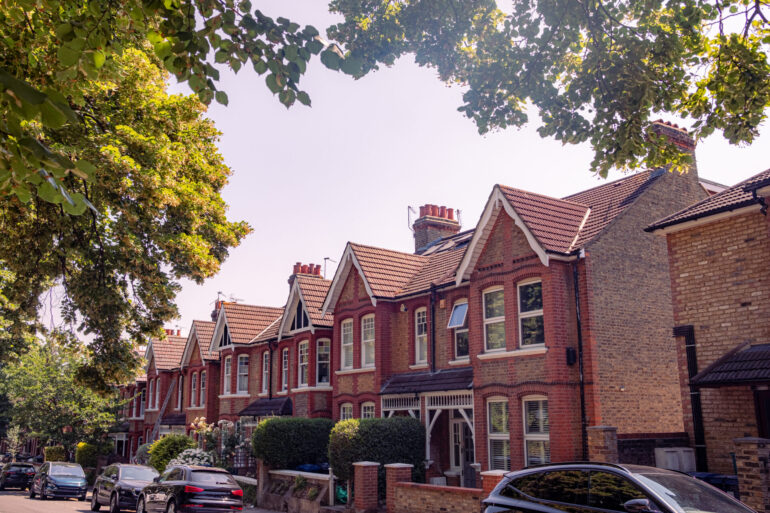Homebuyers in every region of England are now paying Stamp Duty when purchasing an average-priced property, as government receipts from the tax surged to £8bn so far this year, according to analysis from Coventry Building Society.
The change follows the halving of the nil-rate threshold from £250,000 to £125,000 in April, which added £2,500 to the tax bill on an average-priced home.
The typical Stamp Duty charge has risen from £2,047 to £4,547.
While bills remain highest in London and the South East, no region has been spared.
Buyers in the North East now face Stamp Duty of £773 on an average home priced at £163,679, while those in Yorkshire and the Humber and the North West pay £1,588 and £1,741 respectively.
In the East Midlands, the average bill stands at £2,272, and in the West Midlands at £2,438.
In southern regions, where house prices are higher, the impact is significantly greater.
The average Stamp Duty bill is now £5,083 in the South West, £6,896 in the East of England, and £9,174 in the South East.
London homebuyers face the steepest burden, paying an average of £18,065 on a property costing £561,309.
Prior to April’s changes, buyers of average homes in the North East, Yorkshire and the Humber, the North West, East Midlands and West Midlands would not have paid any Stamp Duty.
Treasury receipts reflect the higher bills. In July alone, buyers paid £1.4bn in Stamp Duty, up 35% from £1.1bn in June.
Year-to-date payments have reached £8bn, 21% higher than the £6.6bn collected in the same period of 2024.
The figures come amid speculation that the Government is considering replacing Stamp Duty with a new property tax levied on homes sold for more than £500,000, shifting the burden from buyers to sellers.
Jonathan Stinton, head of intermediary relationships at Coventry Building Society, said:
“The fact that there’s now nowhere to hide from Stamp Duty shows just how out of step this tax has become.
“From London to the North East, those buying a typical home in any region are now being hit with a tax that can add thousands to the cost of moving.
“There’s speculation of a new property tax, which would shift the burden from buyers to sellers – removing one of the biggest upfront hurdles people face – but it comes with a risk of market distortion.
“The prospect of reform could make buyers and sellers delay their moves while they wait for clarity.
“Once in force it could reduce the supply of new homes coming onto the market, or warp house prices – with some owners trying to sell under £500,000 to stay below the threshold, and others increasing prices to offset the tax.”
He added: “The principle is right: our property taxes should fit today’s housing market, not the one we had decades ago. But it’s vital the detail is carefully designed so we don’t swap one barrier for another.”



